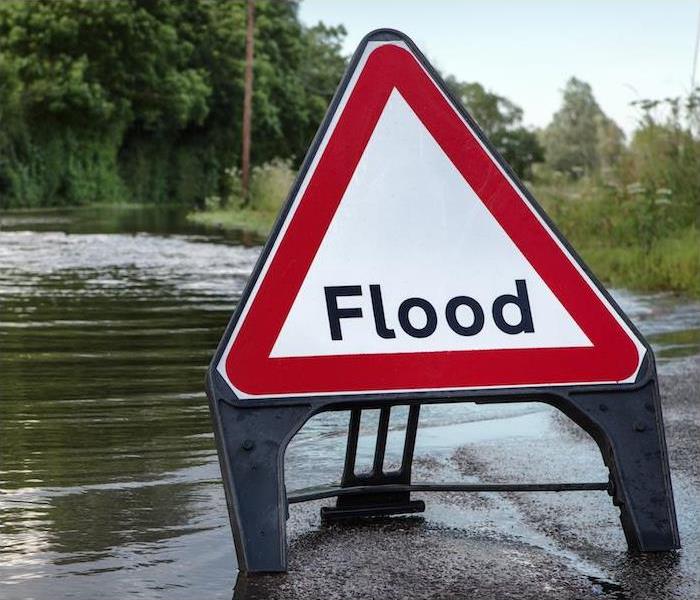The Facts About Flood Types and Causes
4/6/2022 (Permalink)
 Regardless of the cause of the flooding, SERVPRO of NW & SE Dutchess has the team to help you recover from any disastrous event.
Regardless of the cause of the flooding, SERVPRO of NW & SE Dutchess has the team to help you recover from any disastrous event.
Flooding is the most common natural disaster and claims more lives than hurricanes, tornadoes, or lightning in the United States per year. Floods affect a wide swath of communities, cities, and individual properties.
All U.S. territories and states have been affected by flooding, and while each part of the nation has different kinds of flood events, there are similarities in the types and the casualties they can cause. There are three common kinds of floods and four main reasons they can happen.
3 Types of Natural Flooding
Flash floods happen commonly and quickly when a slow-moving storm or a storm with excessive amounts of rain moves through an area. The ground becomes overwhelmed, and when it can no longer absorb water, runoff creates a flowing stream that can carry away large or small objects.
River floods occur when a river fills with too much water, and spillage into banks and beyond begins. River floods can create destruction in those areas closest to the water source.
Coastal floods take place near a large body of water. These floods are a product of weather events such as hurricanes, storm surges, and rising tides.
The 4 Most Common Causes of Natural Flooding
Heavy rainfall. Rainfall is our most common cause of flooding in Dutchess County. Storms generated after a hurricane have caused flash floods and river flooding in our area. The highly developed areas in our county are even more susceptible to flooding due to a lack of soil to aid in moisture absorption.
Oceanic activity. While most of our area is inland, we have felt the effects of several Atlantic hurricanes over the years. Storm surges and rising tides have pushed storms into our area leading to flooding on par with our coastal neighbors. Hurricane Ida was particularly damaging to our area a few years ago.
Dams and levees failing. In 2005, Hurricane Katrina caused the historic levee failure in Louisiana. Dams and levees fail when they are cracked or under extreme pressure and can no longer contain the storm surge behind. These breaks cause catastrophic destruction.
Snowmelts and ice dams. Our heavy snowstorms and extended freezing temperatures during the winter mean we will contend with flooding and ice dams as spring begins to break. Ice dams or ice jams occur when ice is pushed downstream and creates a block, causing river water to flow over the banks and creating destruction to those areas nearby.
Regardless of the cause of the flooding, SERVPRO has the tools and teams to help your home or business recover from its disastrous effects. Contact us anytime when flooding or water damage makes a mess in your life.






 24/7 Emergency Service
24/7 Emergency Service